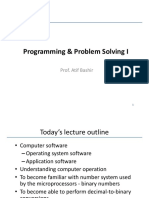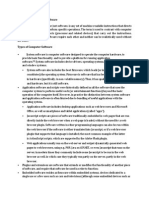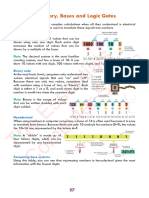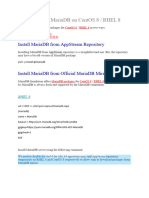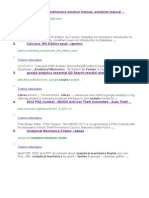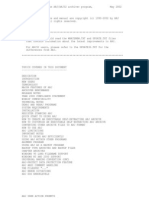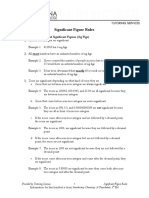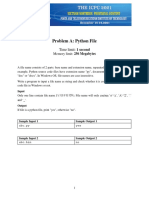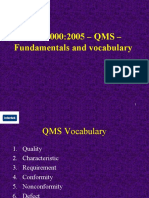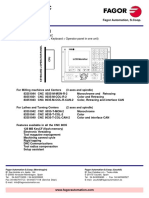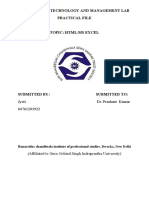0% found this document useful (0 votes)
27 views11 pagesPF Introductory Lab
The document outlines an introductory lab for programming fundamentals and cyber security, covering key concepts such as system and application software, number systems, memory hierarchy, and programming languages. It includes definitions, comparisons, and examples of hardware and software components, as well as tasks for students to complete. The lab aims to enhance understanding of computer operations, memory units, and algorithm design through practical exercises.
Uploaded by
Muhammad Jalal ShahCopyright
© © All Rights Reserved
We take content rights seriously. If you suspect this is your content, claim it here.
Available Formats
Download as DOCX, PDF, TXT or read online on Scribd
0% found this document useful (0 votes)
27 views11 pagesPF Introductory Lab
The document outlines an introductory lab for programming fundamentals and cyber security, covering key concepts such as system and application software, number systems, memory hierarchy, and programming languages. It includes definitions, comparisons, and examples of hardware and software components, as well as tasks for students to complete. The lab aims to enhance understanding of computer operations, memory units, and algorithm design through practical exercises.
Uploaded by
Muhammad Jalal ShahCopyright
© © All Rights Reserved
We take content rights seriously. If you suspect this is your content, claim it here.
Available Formats
Download as DOCX, PDF, TXT or read online on Scribd
/ 11









